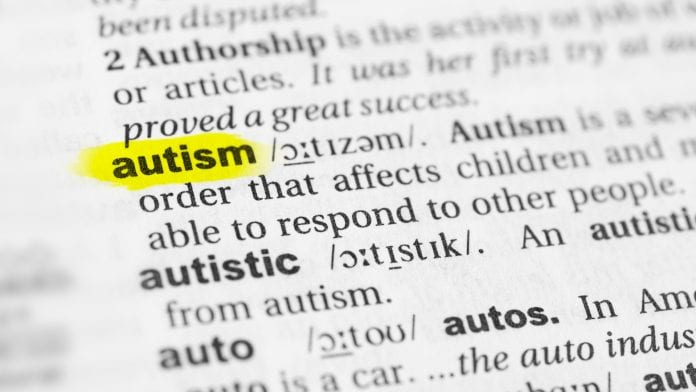
Recent brain imaging study challenges the existing theoretical model of understanding autism spectrum disorders therefore uncovering new findings regarding the ASD illness.
Understanding autism spectrum disorders (ASDs) begins with knowing that the illness is a neurodevelopmental disorder, characterised by communication disorders, altered social interactions and sensory and behavioural abnormalities. Further research in genetics and brain imaging suggests that abnormalities in the development of the brain concerning the development of neural networks and the functioning of synapses could be involved in the onset of the ASD illness.
ASD illness and past theoretical models
Neuroimaging studies have shown that individuals suffering with the ASD illness have abnormalities in the functioning of certain brain areas known to be responsible for processing emotions, language and social skills. Research on the brain connectivity of people with ASD has shown in particular a lack of ‘long-distance’ connections and an increase in ‘short-distance’ connectivity.
Such results formed the basis for the development of a theoretical model for understanding autism spectrum disorders, according to which the lack of social attention and information processing observed is explained by an overload of information processed by the brain linked to the increase in neural connectivity between corresponding brain areas.
However, Josselin Houenou, professor of psychiatry at UPEC, researcher at Inserm, practitioner at the Henri Mondor University Hospitals, AP-HP, France, explains: “The model is based on the study of heterogeneous paediatric populations, including autistic children of varying ages and symptomatology, and on non-specific neuroimaging methods which do not provide reliable measurement of short-distance connectivity.”
Testing the current model
To thoroughly examine the current model, the authors of the study used an innovative design at NeuroSpin, namely an atlas specifically covering tractographic analysis of 63 ‘short-distance’ connections from images obtained by diffusion MRI (dMRI).
The dMRI demonstrates in vivo bundles of white matter in the brain by measuring the diffusion of water molecules, especially along axons. Tractography can then be used to reconstruct the paths of the nerve fiber bundles represented in the form of a tractogram.
From this, the authors were able to find a link between ‘short-distance’ connectivity and social cognition in those suffering with the ASD illness.
Still a long way to go in understanding autism spectrum disorders
Houenou conlcudes: “These results are preliminary, but they suggest that these short-distance connectivity abnormalities may be involved in some of the social cognitive deficits present in autistic subjects.
“It is now necessary to conduct similar studies in children to confirm the results obtained in adults.
“If these initial conclusions are confirmed, it would make it possible to consider the development of new therapeutic approaches for deficits in social cognition. For example, transcranial magnetic stimulation could be explored because brain connectivity between adjacent areas is located on the surface of the brain.”






















